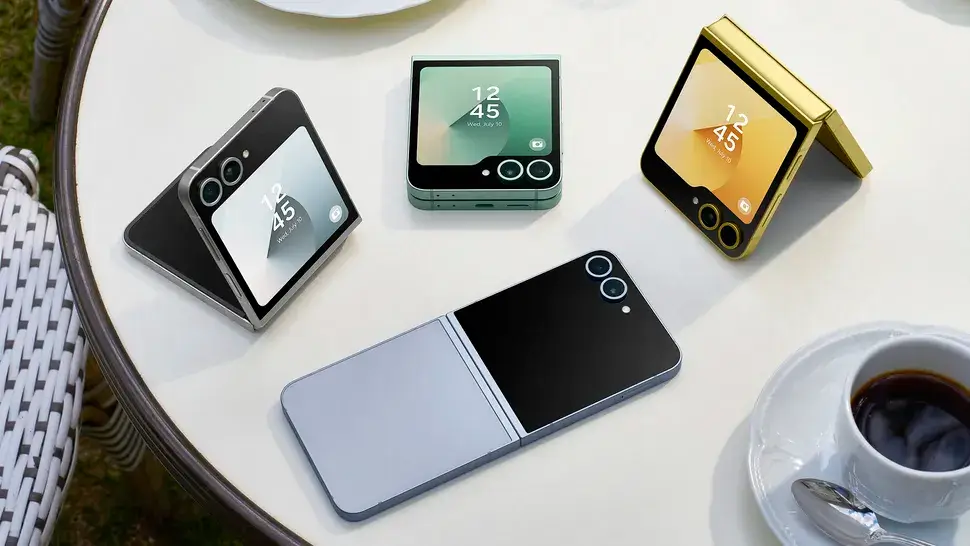
The Foldable iPhone: Closer Than Ever? Apple Nears Display Supplier Decision
The whispers surrounding a foldable iPhone have been circulating for years, growing louder with each passing leak. Now, a new rumor suggests Apple is closer than ever to bringing this highly anticipated device to market. According to reliable tipster Yeux1122, sourced by MacRumors, Apple is reportedly nearing a decision on a manufacturing partner for the crucial folding display. This development marks a significant step forward in the foldable iPhone’s journey from concept to reality.
While Apple remains officially silent about the existence of a foldable iPhone, the sheer volume of leaks and insider information paints a compelling picture of a device in active development. The latest rumor focuses on the selection of a display supplier, a critical component that has reportedly presented challenges for Apple in the past. Sources within Apple’s supply chain suggest that several parts suppliers are now meeting Apple’s stringent requirements for both the folding display itself and the intricate mechanisms that enable the folding action.
This news builds upon a foundation of previous rumors, further solidifying the likelihood of a foldable iPhone. Back in November, reports surfaced that the device had progressed beyond the conceptual phase and was being actively developed as a tangible product destined for consumers. This signaled a significant shift from theoretical exploration to concrete engineering and production planning.
More recent leaks have provided glimpses into the potential specifications of the foldable iPhone. One source suggests the device will boast a main display in the 7.6-7.9-inch range, offering a near-tablet experience when unfolded. Complementing this larger screen would be a smaller cover display, estimated at 5.3-5.5 inches, providing quick access to notifications and essential functions when the device is folded. This same source also pointed to a potential launch window in 2026 for the foldable marvel.
While 2026 seems to be the currently favored timeline, earlier predictions hinted at a 2025 release. However, with February already upon us, a 2025 launch appears increasingly improbable. The exact form factor of the foldable iPhone – whether it adopts a book-style fold (like a traditional book) or a flip-style fold (similar to a classic flip phone) – remains a mystery. Both designs offer unique advantages, and Apple’s ultimate choice will likely depend on a delicate balance of usability, durability, and aesthetics.
The Importance of the Display Supplier
The selection of a display supplier is a crucial milestone for any smartphone manufacturer, but it carries even greater weight for a foldable device. The folding display is arguably the most technically challenging component, requiring advanced materials and manufacturing processes to ensure durability, flexibility, and visual quality. Apple’s meticulous standards for display performance and reliability mean that finding a supplier capable of meeting these demands is a complex undertaking.
The chosen supplier will not only be responsible for producing the display itself but also for integrating the necessary mechanisms that enable the folding action. These mechanisms must be robust enough to withstand repeated folding and unfolding without compromising the display’s integrity. Furthermore, they must be seamlessly integrated into the device’s overall design, ensuring a smooth and intuitive user experience.
What This Means for Consumers
The news of Apple nearing a display supplier decision is undoubtedly exciting for tech enthusiasts and Apple aficionados eagerly awaiting the arrival of a foldable iPhone. It suggests that the development process is progressing smoothly and that the device is moving closer to becoming a reality. While a 2026 launch seems the most likely scenario at this point, the possibility of an earlier release cannot be entirely ruled out.
The foldable iPhone has the potential to revolutionize the smartphone market, offering a new level of versatility and functionality. Its larger screen could provide a more immersive experience for media consumption, gaming, and productivity tasks, while its compact folded form would maintain pocketability. However, the success of the foldable iPhone will depend not only on its hardware but also on its software. Apple will need to optimize its iOS operating system to take full advantage of the foldable form factor, ensuring a seamless transition between the two screens and providing innovative features that enhance the user experience.
The Future of Foldable Devices
The foldable iPhone is expected to be a flagship device, likely carrying a premium price tag. However, its arrival could help to legitimize the foldable phone category as a whole, driving further innovation and potentially leading to more affordable foldable devices in the future. As display technology continues to advance and manufacturing costs decrease, foldable phones could become increasingly mainstream, offering a compelling alternative to traditional smartphones.
In conclusion, the latest rumors surrounding Apple’s selection of a display supplier for the foldable iPhone are a positive sign for those eagerly anticipating this groundbreaking device. While much remains unknown about its specifications, design, and release date, the fact that Apple is actively working on this project is a testament to its potential. The foldable iPhone is poised to usher in a new era of mobile technology, and the world is watching closely to see what Apple will unveil. The wait may still be a while, but the anticipation is certainly building.



